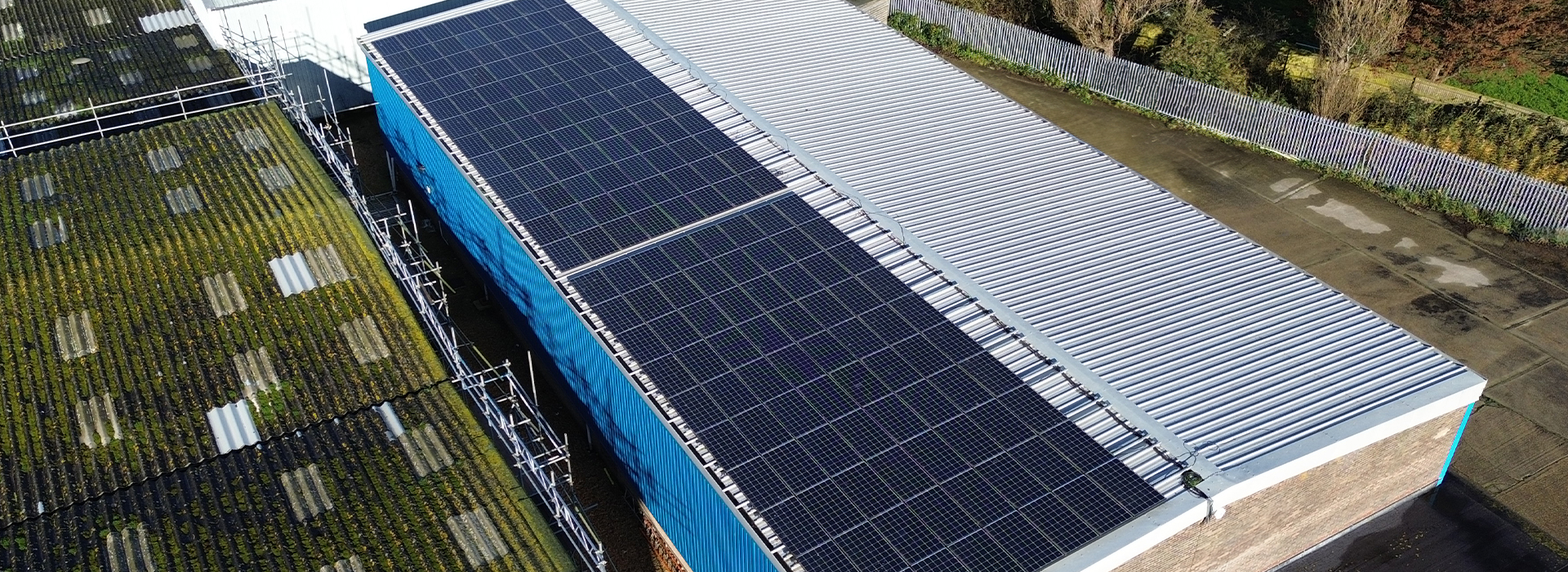In the United Kingdom, unpredictable weather patterns—especially heavy storms—pose significant risks to construction sites, industrial facilities, and even residential areas. Fall protection systems, such as guardrails, harnesses, and anchor points, are critical in ensuring safety for workers at height. However, after severe weather events, these systems may become compromised, making regular inspections more essential than ever.
Why Fall Protection Systems are Critical
Fall protection systems are designed to prevent or mitigate the risk of falling from height, which is one of the leading causes of serious injuries and fatalities in construction and industrial sectors. These systems serve as a lifeline for workers who often perform their duties several metres above ground level. Properly installed and maintained systems significantly reduce the likelihood of accidents, protecting both workers and employers from the devastating impacts of falls.
How Storms Affect Fall Protection Systems
Heavy storms—especially those that bring high winds, rain, and lightning—can negatively impact the integrity of fall protection systems in several ways:
Wind Damage: Strong winds can dislodge or loosen safety fixtures like guardrails, anchor points, or temporary barriers. Even well-secured structures may shift under high pressure, rendering them unsafe.
Water Damage: Continuous exposure to rain can lead to corrosion of metal components, weakening the materials over time. This is particularly concerning in systems made of steel or iron, where rust can form and degrade the strength of key components.
Debris Accumulation: Storms can cause debris such as fallen branches, stones, or construction materials to accumulate on platforms or roofs. This not only obstructs access to anchor points but also poses additional trip and slip hazards for workers.
Electrical Damage: Lightning strikes or high winds causing power line damage can potentially interfere with electrical fall protection systems, particularly those incorporating automated or sensor-based mechanisms.
The Legal Requirement in the UK
In the UK, fall protection systems are regulated under the Work at Height Regulations 2005. Employers are legally required to ensure that fall protection systems are regularly inspected and maintained. Failure to do so could result in legal repercussions, hefty fines, and increased liability in the event of an accident. Following a heavy storm, immediate inspection of all fall protection systems is not just advisable—it is mandatory to maintain compliance with the law.
Benefits of Regular Post-Storm Inspections
Ensuring Worker Safety: Regular inspections following a storm ensure that all fall protection systems remain secure and reliable. By identifying and addressing potential weaknesses early, you protect your workers from harm and minimise the risk of accidents.
Preventing Long-Term Damage: Catching issues early, such as corrosion or damage caused by debris, can prevent costly long-term repairs. Inspections can identify components that need repair or replacement before the entire system becomes compromised.
Legal Compliance: As part of the Work at Height Regulations, regular inspections help you avoid fines, penalties, and potential legal action. Compliance also demonstrates a proactive approach to health and safety, which can enhance your reputation in the industry.
Cost Efficiency: Identifying small issues before they escalate can save significant repair costs. Additionally, investing in routine inspections will help extend the lifespan of your fall protection system, reducing the frequency and cost of replacements.
What to Look for During Inspections
Structural Integrity: Ensure that guardrails, lifelines, and anchors are secure, rust-free, and haven’t shifted or loosened due to storm conditions.
Corrosion and Wear: Check metal components for signs of rust, which could weaken them over time. This is particularly important for systems exposed to heavy rain and moisture.
Debris and Obstructions: Remove any debris that could affect the functionality of the fall protection system or pose additional risks to workers.
Connection Points: Verify that all connection points—such as hooks, lanyards, and carabiners—are intact and functional.
Inspection Records: Ensure that all inspections are logged and recorded as part of your compliance strategy, ready for review if required by regulatory bodies.
Conclusion
In the aftermath of heavy storms, fall protection systems are vulnerable to damage that could compromise the safety of workers. In the UK, where unpredictable weather is common, regular inspections are not just a legal requirement but also an essential safety practice. By prioritising post-storm inspections, you protect your employees, reduce long-term costs, and ensure that your business remains compliant with health and safety regulations.



